The ideal composition of dog food can be determined by the dog food label . The label describes which ingredients are used in the dog food. However, manufacturers can decide how detailed the ingredients are to be. They can choose an open, semi-open, or closed label. These different labeling options open the door for manufacturers to present their food in a more attractive way than it actually is.
|
#1 Divide ingredients to bring meat to the front
Manufacturers often try to emphasize the animal protein source by splitting ingredients, especially in semi-open labels. This is intended to suggest that the food contains a high proportion of meat. In the example shown below, the poultry protein is moved to the second position in the label, with the corn ingredient being split into the three sub-ingredients: corn, corn meal, and corn gluten feed. However, a more trained eye on the label reveals that the food with these three variations of corn must have a very high corn content . However, an ideally formulated dog food does not contain such a high corn content.

#2 Promises on the front that aren't quite true
Often, labels on the front of the food create false expectations . The examples below are two foods labeled "Lamb or Beef and Rice." One might expect the main ingredients to be lamb or beef, with rice added as a carbohydrate source. However, a closer look at the label disappoints these expectations.
Example 1 shows that the main ingredient in the feed is not lamb, but rice. The second largest ingredient is lamb protein, which can come from any part of the lamb. Lamb protein comes from meat, but also from hooves, for example.
Example 2 goes a step further. In this food, the main ingredient is described as cracklings (12%, of which 75% beef). This means that the food contains just 9% beef cracklings (75% of 12%). A further 2.5% meat meal is added later. In total, just one-tenth of the food is beef, most of which is cracklings. Cracklings have a high protein content, but are considered a lower-quality protein source than muscle meat because they consist primarily of fatty tissue and contain fewer essential amino acids. The main ingredients in this food are corn and other grains, which make up a significantly larger proportion than rice, as they come before rice.

#3 Misleading percentages
This phenomenon is particularly evident in closed declarations. The declaration in the last example states that the food contains grains (including 4% wheat). This notation is intended to convey to the buyer that ingredients are presented transparently, as percentages are given. A closer look, however, shows that these percentages are completely irrelevant for evaluating the food. The main ingredient of the food, which is listed first, is grain. Of this main ingredient, grain, it is then claimed that 4% wheat, among other things, is processed. It remains unclear what makes up the other 96% grain. This notation is also used for meat, vegetables, and oil. It is therefore completely unclear what is actually processed in the food and ends up in the dog's bowl every day. The use of nutrient categories further obscures the composition and indicates that the dog food is not ideally composed.

Conclusion - How to recognize the ideal composition of dog food
You should always take a closer look at the label and ingredients of your food to ensure your dog is truly healthy and avoid falling victim to the marketing tricks of major manufacturers. The following questions will help you and provide guidance:
- What are the first two to three ingredients?
- Are shares CLEARLY stated or obscured?
- How many animal protein sources are included?
- Are cheap fillers such as corn and beet pulp not used in large quantities?
- Does the food contain sugar?
- Does the food contain (a lot of) grain?
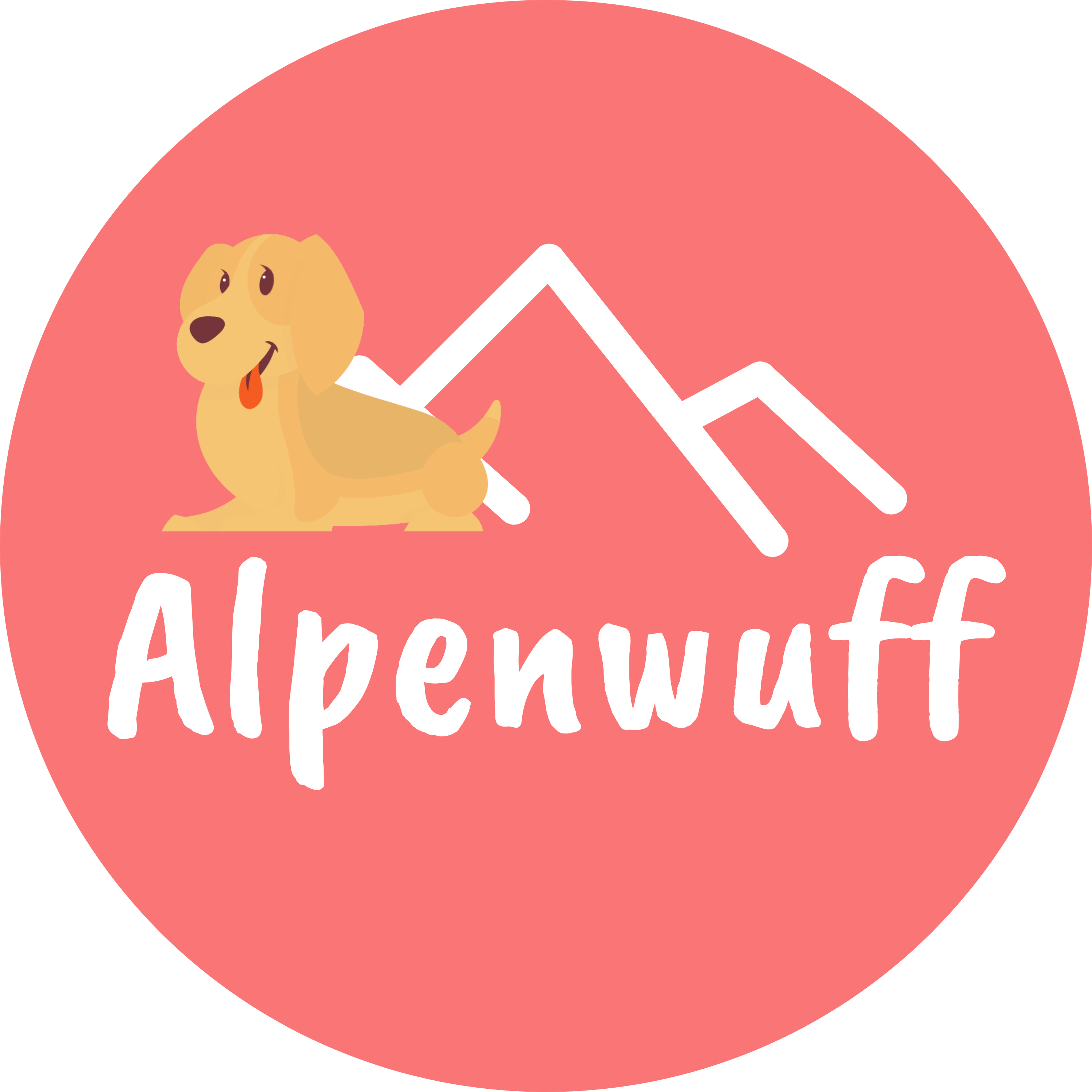
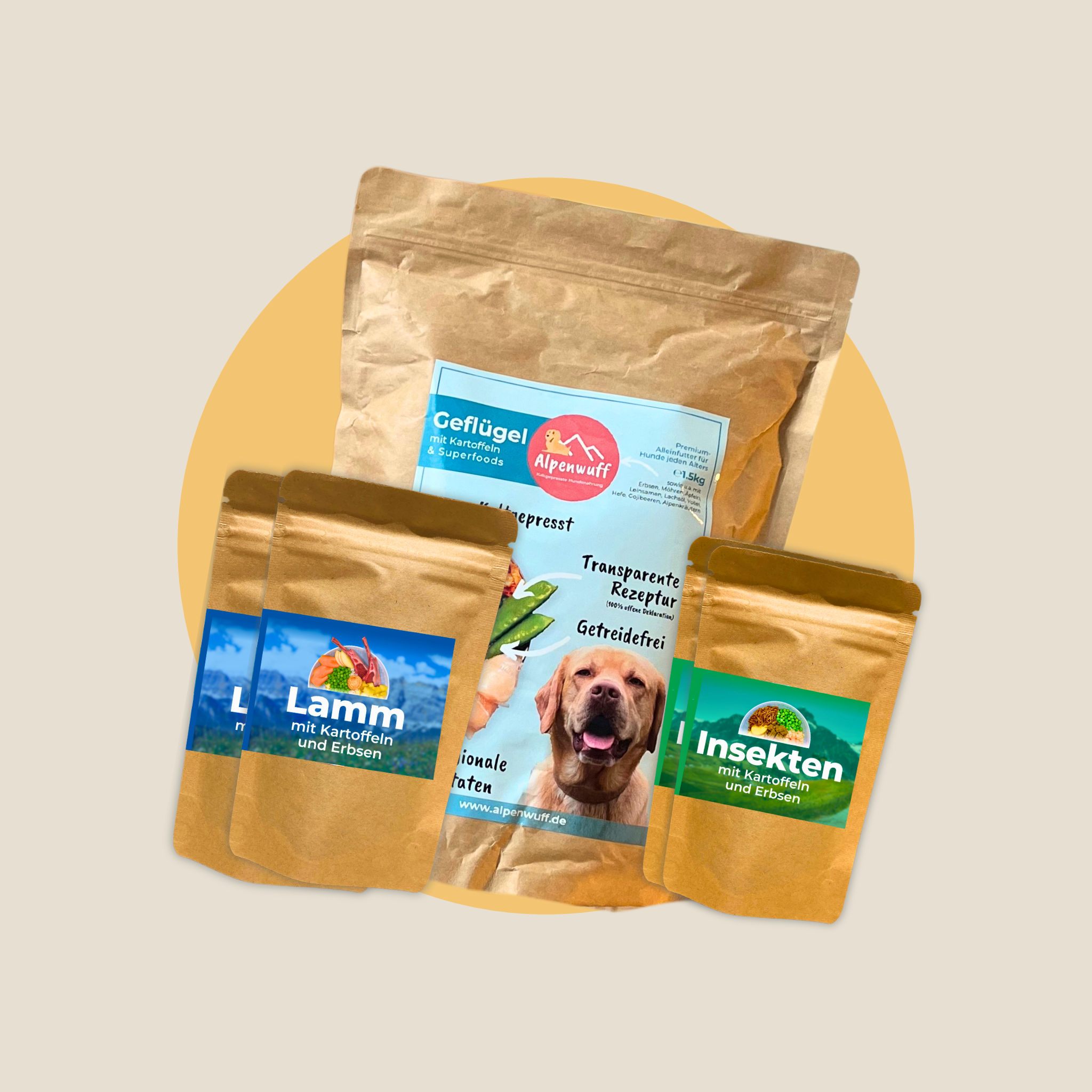
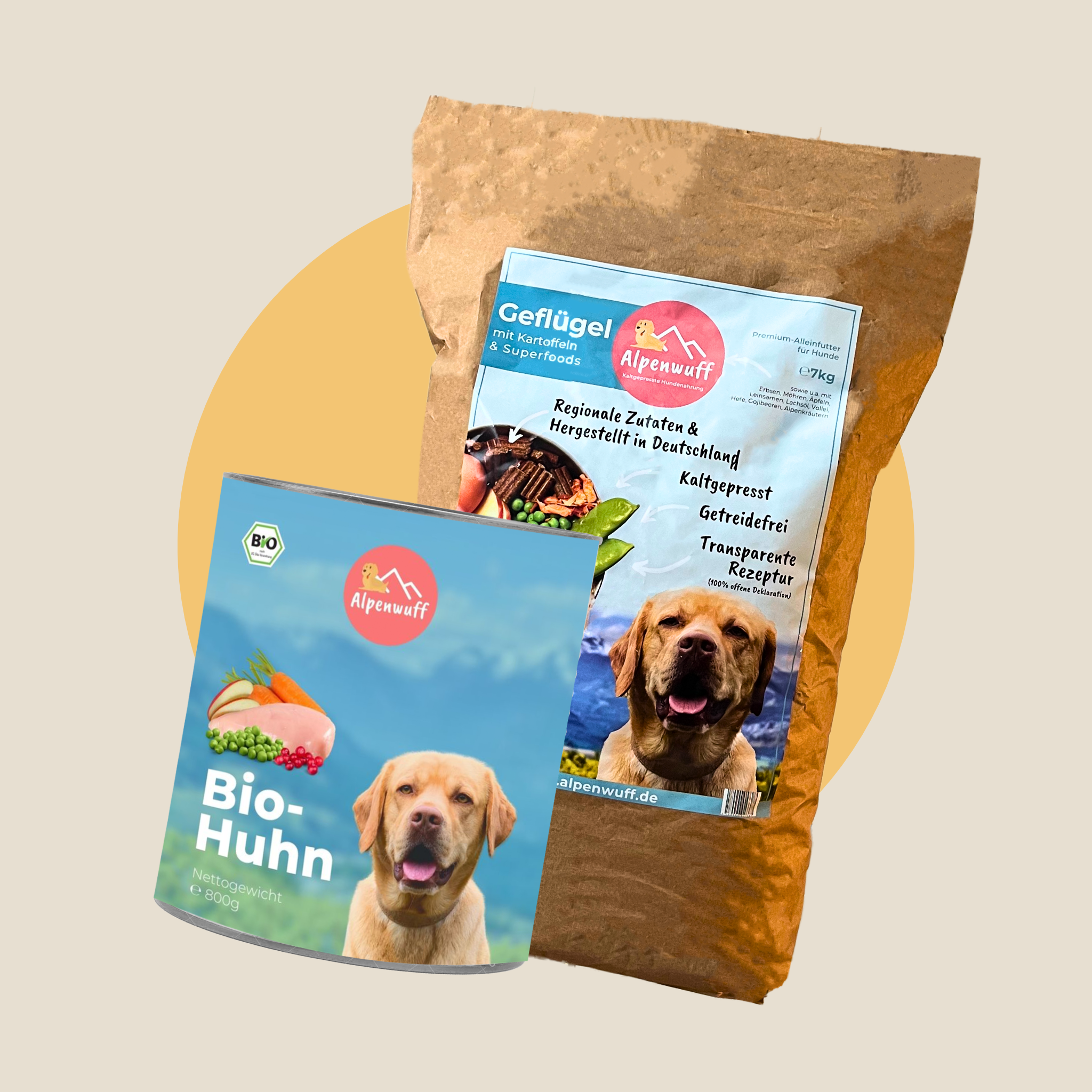
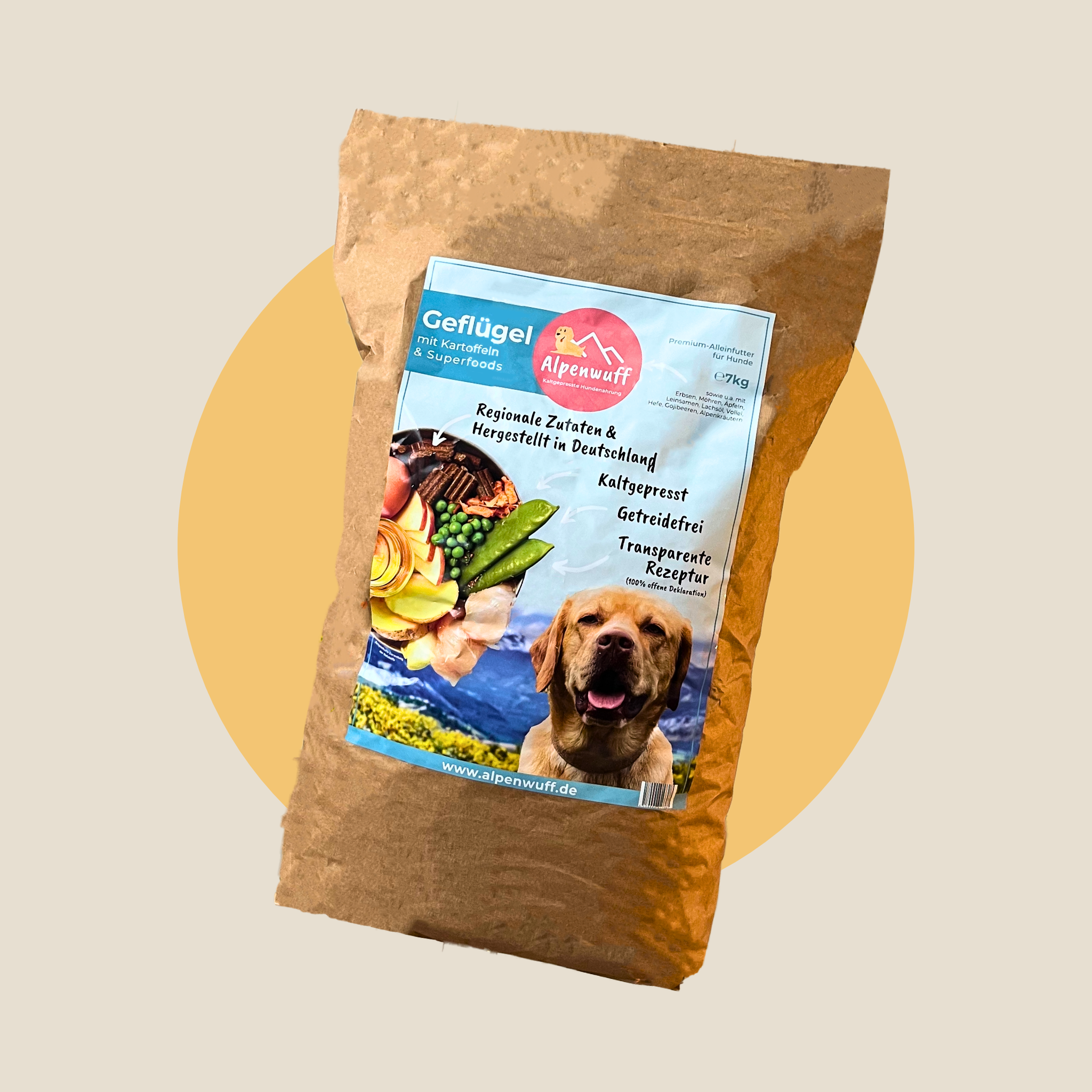
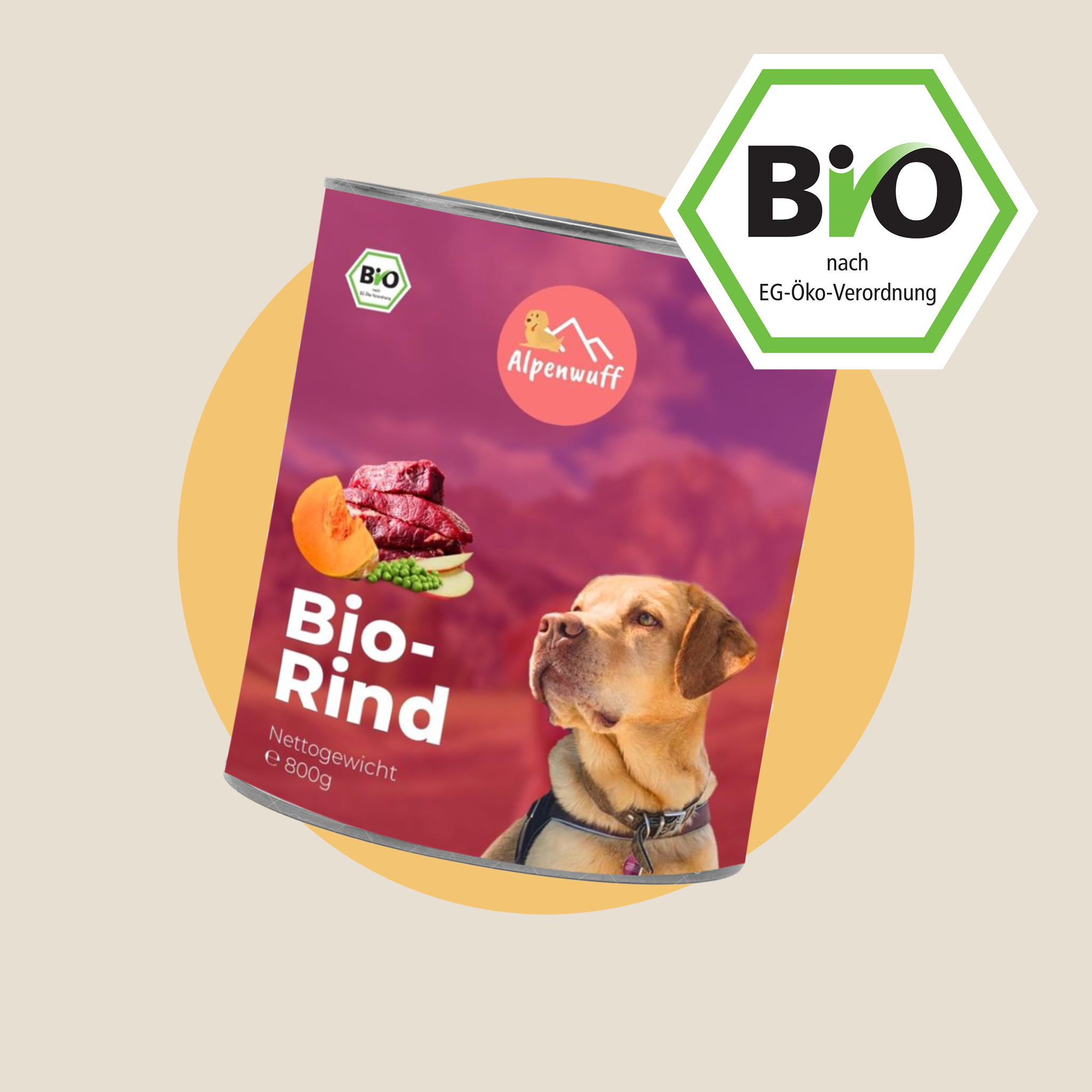
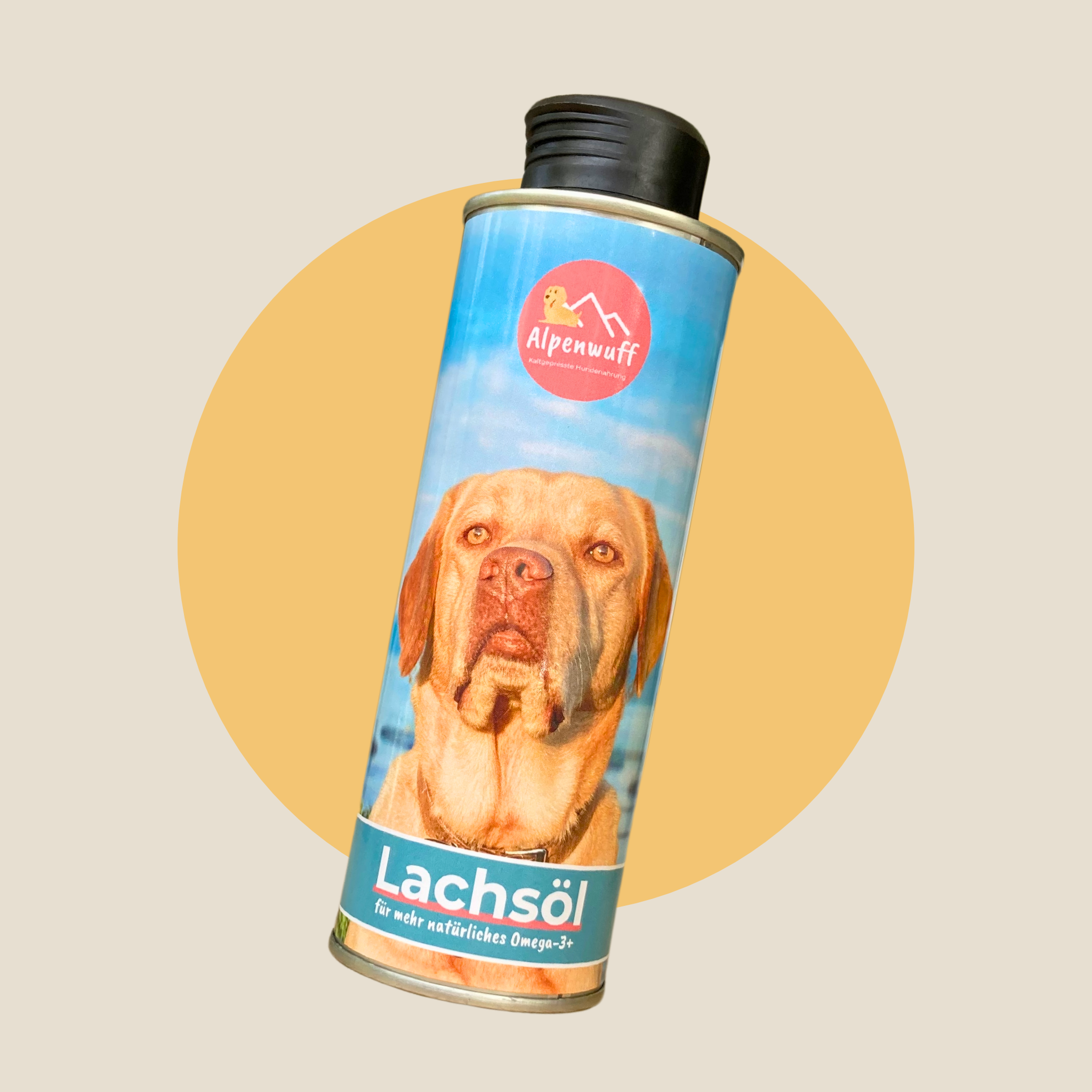


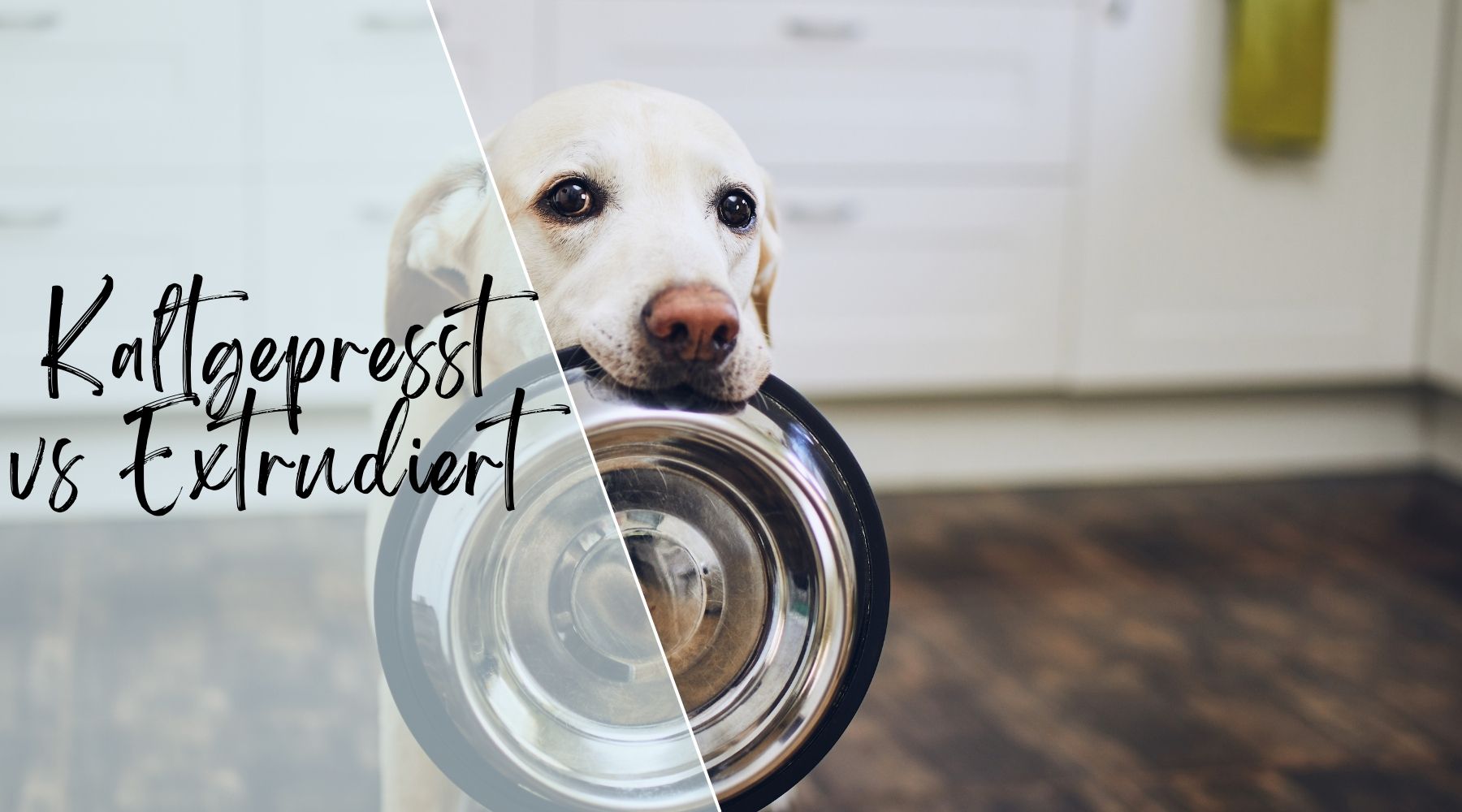

Leave a comment
All comments are moderated before being published.
This site is protected by hCaptcha and the hCaptcha Privacy Policy and Terms of Service apply.